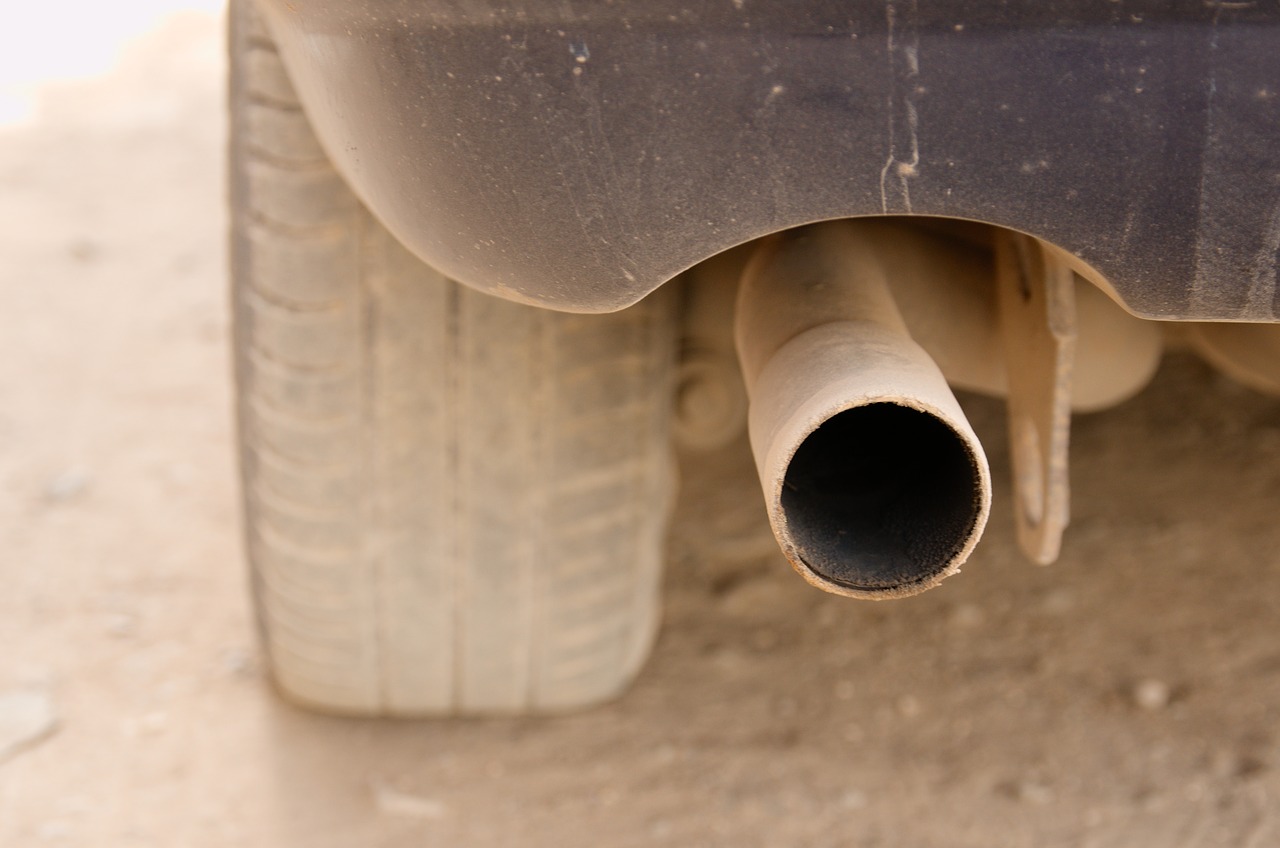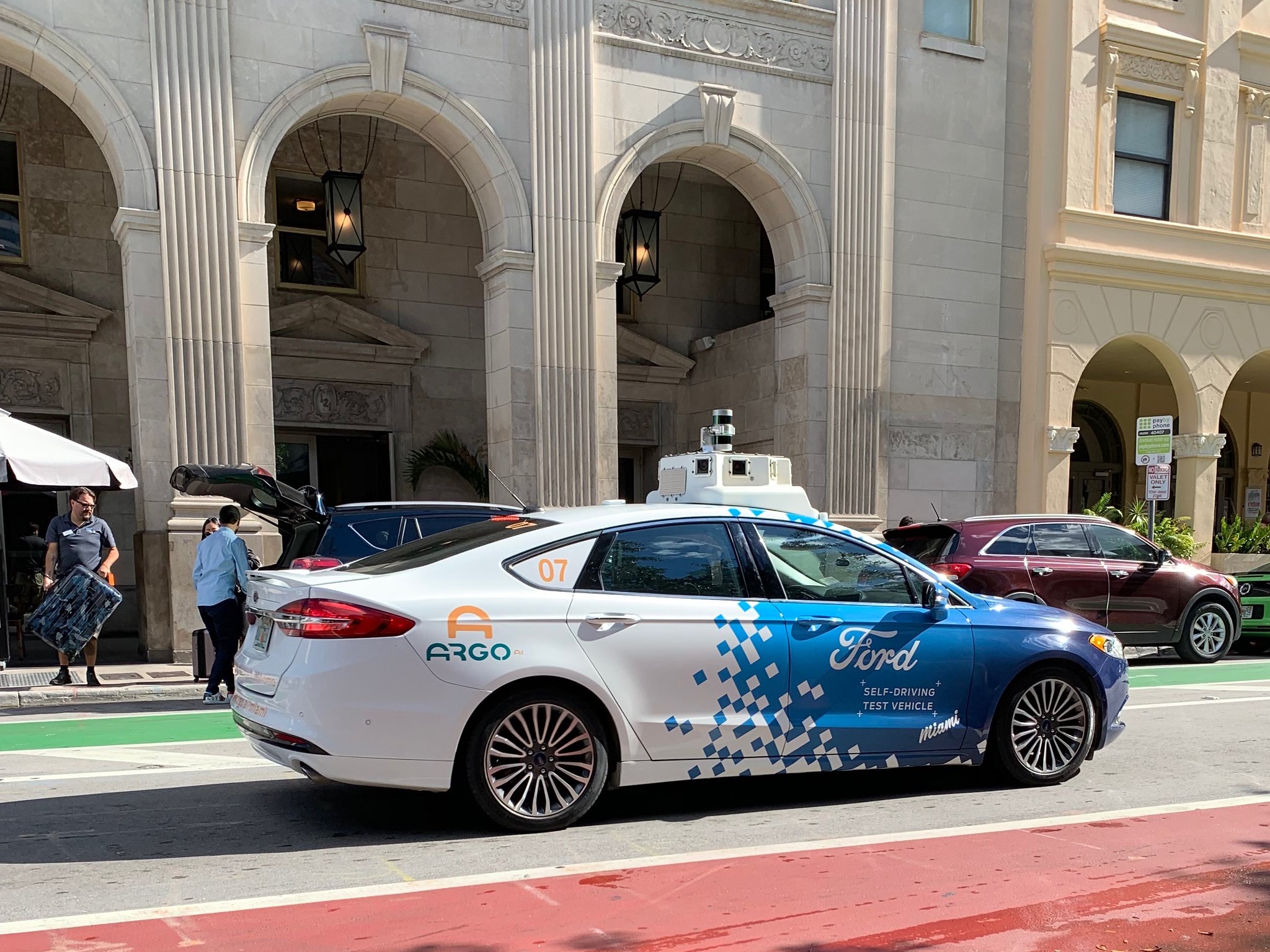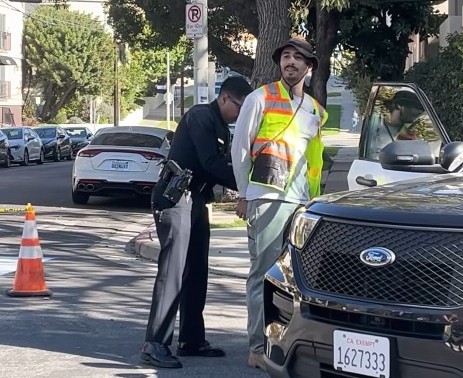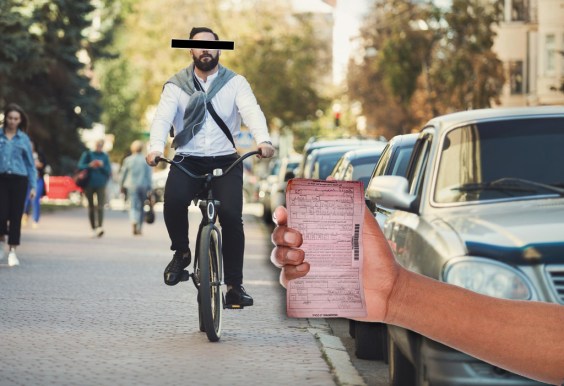Now we finally know why so many city dwellers are depressed — and no, it's not because of your failing local sports teams.
A new study from King’s College of London found that even tiny increases in vehicle emissions in highly polluted neighborhoods were correlated with shockingly high rates of clinical depression among residents — even when the researchers controlled for common environmental contributors to mental health conditions, like lack of access to mood-boosting green space or substandard housing.
Though all the regions the researchers studied had high rates of vehicle-related pollution, people who lived in neighborhoods that had just 3 micrograms of nitrogen dioxide more per cubic meter had a stunning 39 percent higher risk of a depression diagnosis, when compared with the residents of neighborhoods with the lowest levels of NO2, which is commonly found in diesel exhaust emitted by heavy trucks.
But when the researchers looked at the kind of small particle pollution most commonly emitted by passenger vehicles, they found even more reasons to worry. Increases of just 5 micrograms per cubic meter were associated with an 18-percent spike in common mental health problems that, if left untreated, can increase the risk of suicide and destroy our quality of life.
Of course, when it comes to pollution, a lot of U.S. cities are solidly worse than London. On its worst air quality day last year, small particulate concentrations in the Big Smoke reached as high as 80 micrograms per cubic meter: more than twice the level recommended by the World Health Organization, and well above the neighborhoods for which the King's College researchers found the lowest exhaust-related depression risk, which had just 29 micrograms. On Los Angeles's worst day, by contrast, small particulate concentrations reached a whopping 106 micrograms. Transit-rich Manhattan had a concentration of just 41 micrograms at its smoggiest, but that's still a full 6 micrograms higher than the WHO's guidelines — more than enough to cause a spike in locals' depression rates. (No wonder there are so many psychoanalysts in Woody Allen’s backyard.)
The study is just the latest entry into the growing body of research about how our transportation choices impact our mental health.
In the last decade, countless studies have shown that people who commute by transit, biking, walking, and other sustainable modes have are happier overall than their counterparts who drive, even though both groups are exposed to comparable levels of car and truck exhaust by their surrounding environments — not to mention the threats of traffic violence, and threats of police brutality for road users of color. For active commuters, that's largely because physical exercise has long been known to ease the symptoms of depression and anxiety, to such a degree that exercise is considered a key treatment protocol for these conditions by many physicians.
For transit commuters, on the other hand, it may come down to the simple power of human connection. A 2015 study revealed that “limited face-to-face social contact nearly doubles someone's risk of having depression” — something public transportation users get in spades simply by boarding the bus, and that drivers rarely experience on their commutes outside of a few fleeting moments at a drive-thru. According to a 2019 study, transit riders had a 4.8-percent lower risk of being screened for depression than drivers, though their depression rates increased if they lived more than ten minutes from a transit stop or were forced onto a lengthy commute by a city that had failed to plan around their needs.
All those depressed drivers may be bad news for road safety, too. A 2014 survey of international academic literature in the discipline of traffic psychology found several studies that suggested that "depression was often predictive of risky driving, which included behaviors such as speeding, running amber [or yellow] lights, and running stop signs" — and since 17.3 million U.S. adults have a clinical history of the condition (and many more are likely undiagnosed,) that may be a big factor in some of the worst driver behavior we see on our roadways.
Of course, if our vehicle fleet electrifies rapidly — and that's a big if — Americans might not be so exhausted by car exhaust forever. But until we truly reimagine our transportation network to allow more of us to enjoy the depression-cutting benefits of active and mass mobility and compel dangerously depressed drivers not to climb behind the wheel, we'll all have a whole lot to be sad about.






